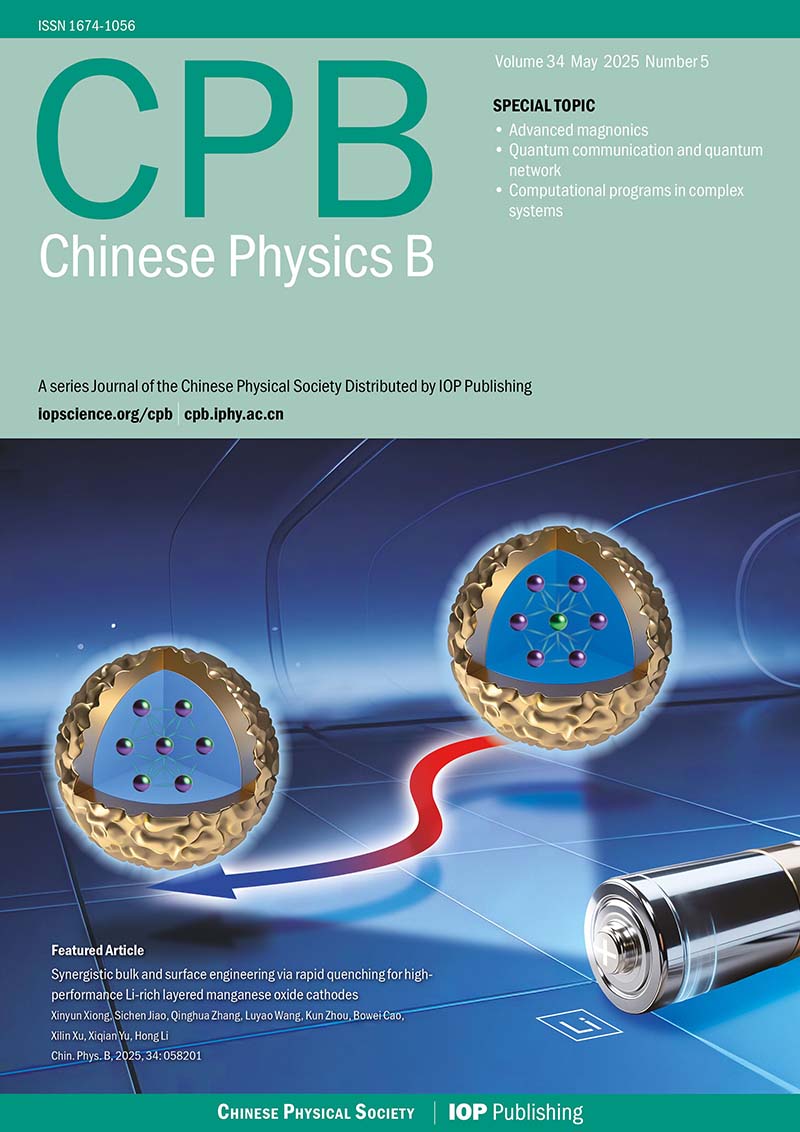State-to-state dynamics of F(2P) + HO(2Π)→ O(3P) + HF(1Σ+) reaction on 13A" potential energy surface
- Available Online: 01/01/2018
-
Key words:
- state-to-state quantum dynamics /
- time-dependent wave packet /
- differential cross section /
- F(2P) + HO(2Π)
Abstract: State-to-state time-dependent quantum dynamics calculations are carried out to study F(2p) + HO(2Π) → O(3p) + HF(1Σ+) reaction on 13A" ground potential energy surface (PES).The vibrationally resolved reaction probabilities and the total integral cross section agree well with the previous results.Due to the heavy-light-heavy (HLH) system and the large exoergicity,the obvious vibrational inversion is found in a state-resolved integral cross section.The total differential cross section is found to be forward-backward scattering biased with strong oscillations at energy lower than a threshold of 0.10 eV,which is the indication of the indirect complex-forming mechanism.When the collision energy increases to greater than 0.10 eV,the angular distribution of the product becomes a strong forward scattering,and almost all the products are distributed at θt =0°.This forward-peaked distribution can be attributed to the larger J partial waves and the property of the F atom itself,which make this reaction a direct abstraction process.The state-resolved differential cross sections are basically forward-backward symmetric for v'=0,1,and 2 at a collision energy of 0.07 eV;for a collision energy of 0.30 eV,it changes from backward/sideward scattering to forward peaked as v'increasing from 0 to 3.These results indicate that the contribution of differential cross sections with more highly vibrational excited states to the total differential cross sections is principal,which further verifies the vibrational inversion in the products.

 首页
首页 登录
登录 注册
注册






 DownLoad:
DownLoad: